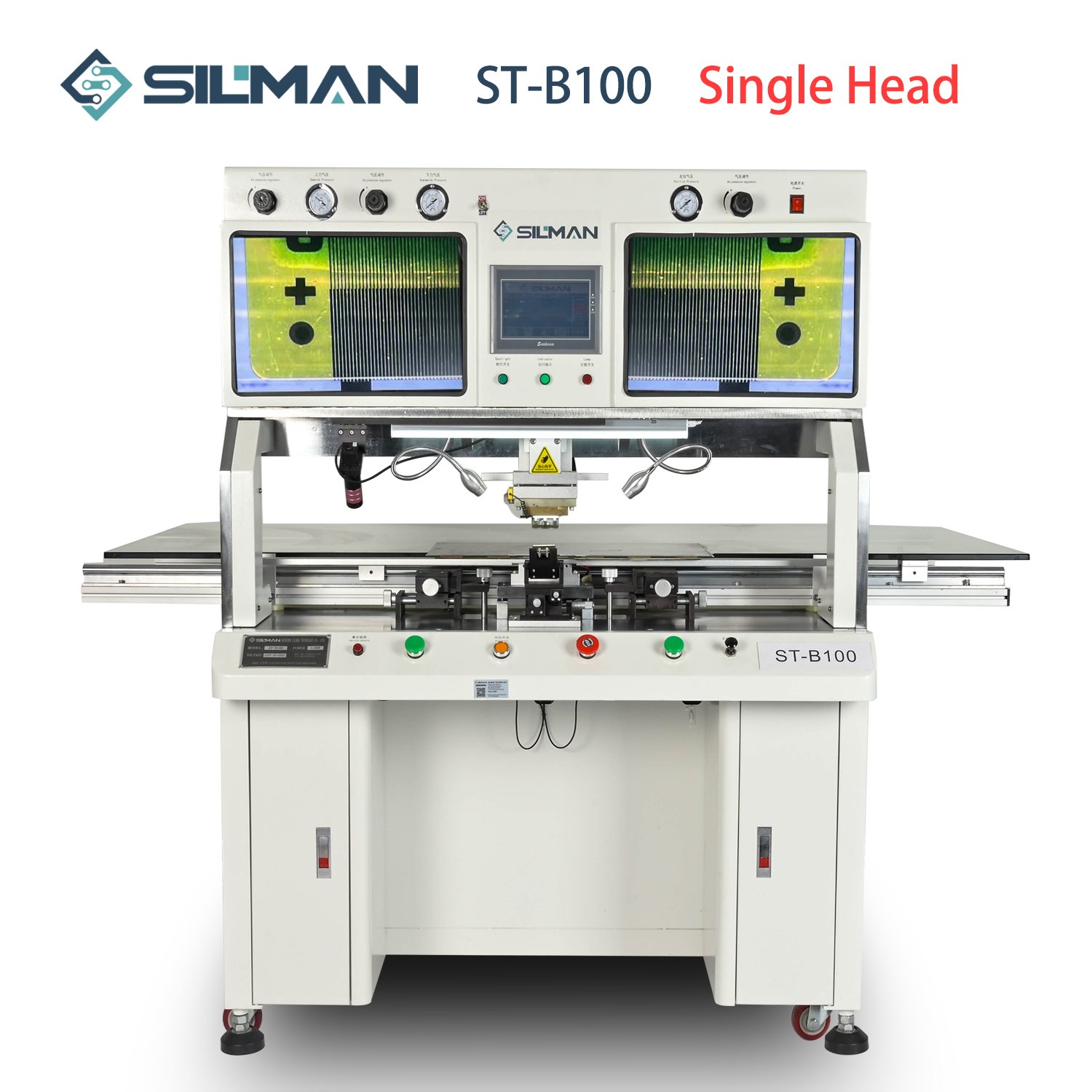Using Selective Wave Soldering (SWS) can save resources and costs in the following aspects:
- Fixtures: SWS is a method of soldering by moving the wave selectively on the areas requiring soldering. Unlike traditional wave soldering, it does not need to cover the entire soldering area of the Printed Circuit Board (PCB), thus reducing the number of fixtures required.
- Nozzles: SWS typically comes with a system to control the movement of nozzles, allowing precise control of soldering areas, thereby reducing the number and frequency of nozzles needed.
- Solder: Compared to traditional wave soldering, SWS applies solder only to specific areas. This reduces solder wastage and waste disposal during cleaning processes.
- Labor costs: SWS machines require only a few operators to set up and monitor the soldering process, saving significant labor costs compared to traditional manual soldering.
- Energy: Since SWS heats only the areas requiring soldering while other areas remain unheated, it reduces energy consumption compared to soldering the entire PCB with wave soldering.
In summary, using Selective Wave Soldering can save materials such as fixtures, nozzles, and solder, reduce energy consumption, lower labor costs, and optimize soldering precision and efficiency. These savings will have a positive impact on production costs and resource management.
